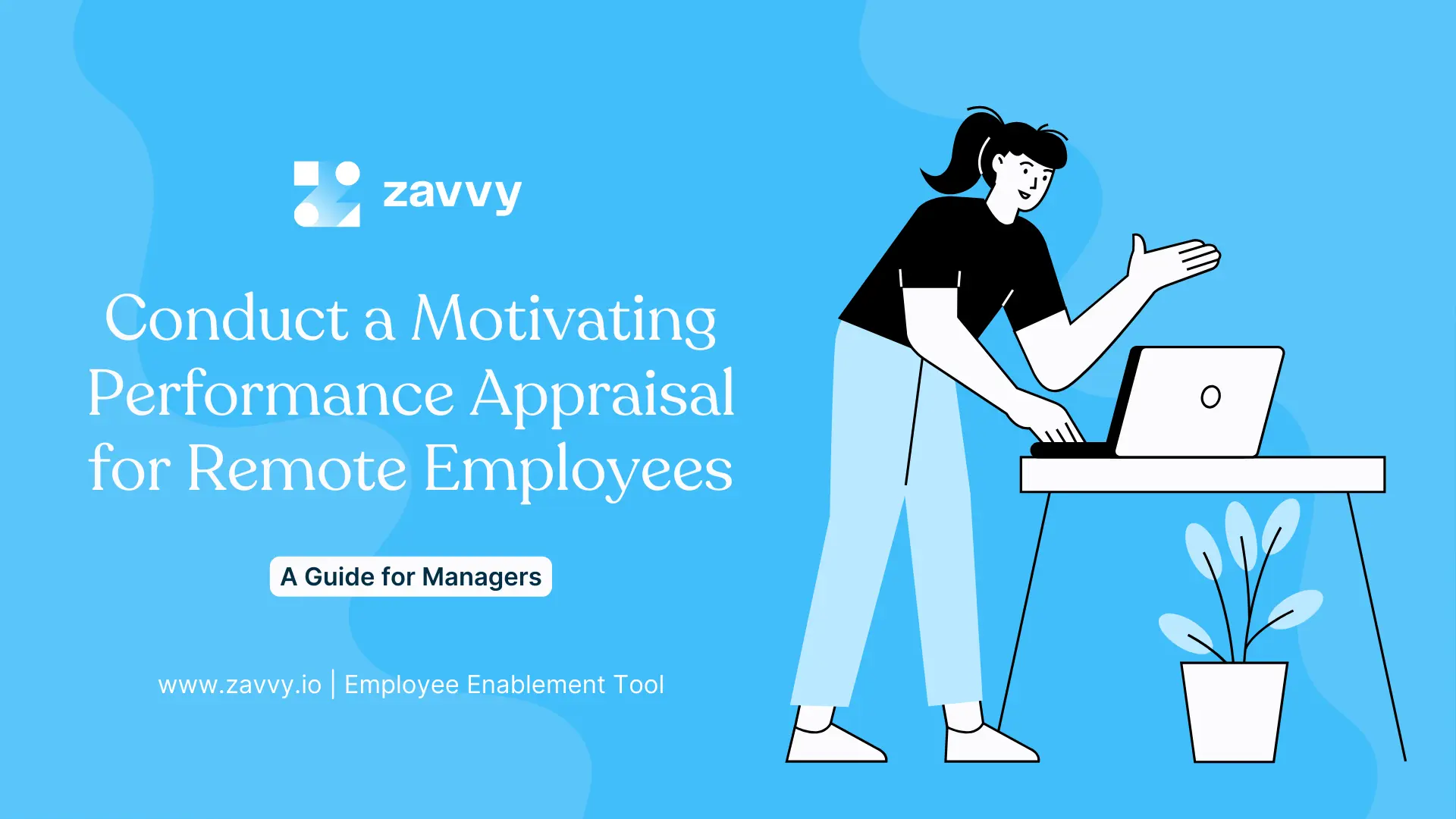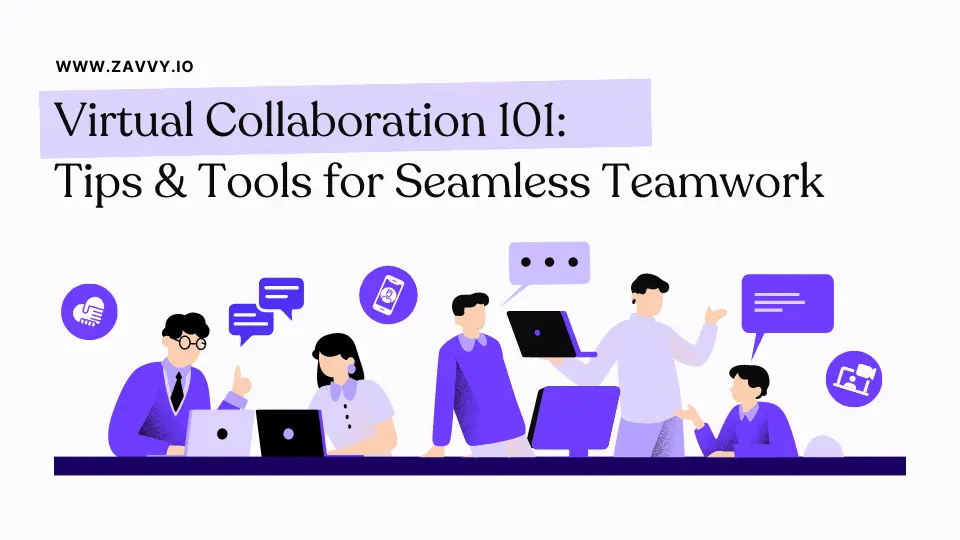
Upward Feedback: 5 Examples & 15 Sample Questions For Feedback to Managers
Zuletzt aktualisiert:
23.1.2024
Lesezeit:
8 minutes
última actualización
23.1.2024
tiempo de lectura
8 minutes
Last updated:
January 23, 2024
Time to read:
8 minutes

You're implementing an upward feedback cycle. Are your employees feeling under pressure about it? That's understandable.
After all, you're asking your employees to review their managers. The same managers that they have to deal with daily. And the number one people that judge their performance and career mobility.
But you need upward feedback for:
- Establishing a two-way communication system to keep your feedback culture alive.
- Building trust between managers and direct reports,
- Keeping leaders accountable.
- Gauging leader performance through the lenses of their direct reports.
- Improving employee engagement.
In this article, you will find:
- how to help your employees structure their upward feedback review.
- upward feedback inspiration with five concrete examples of employee feedback for managers.

⬆️ What is upward feedback?
Upward feedback is a performance appraisal method that allows direct reports to give feedback to their managers.
Upward feedback lets companies understand how managers influence their workforce's productivity and overall employee experience.

Implementing upward feedback cycles at your workplace can bring substantial benefits to your workplace:
- better leaders;
- improved employee engagement;
- stronger work relationships.
"Great managers help colleagues learn and grow, recognize their colleagues for doing great work, and make them truly feel cared about. In environments like this, workers thrive.
For 79% of workers, this kind of work environment may seem like a pipe dream, but for 21% of workers, it's a reality." Gallup, State of the Global Workplace 2022 Report.
➡️ Intrigued? Read more in our Complete guide to upward feedback. We included sample questions & a ready-to-use template.

📝 How to structure your upward feedback: 15 Sample rating-based statements for your upward reviews
Irrespective of who you're evaluating, most 360-degree feedback reviews are usually a combination of different question types:
- ratings-based statements and
- open-ended questions
To ensure that the feedback is specific, clear, and relevant.
Most upward feedback surveys include anywhere from 3 to 20+ ratings-based statements and an additional two to five open-ended questions to get more context to the original feedback provided.
Let's examine some ratings-based assessments.
Ratings for evaluating a manager's ability to lead and coach
Your upward feedback review can enable you to identify opportunities:
- to coach your managers, and
- ensure that every employee receives the needed support to get their jobs done irrespective of their hierarchies.
Upward feedback statements examples:

- My manager's feedback is clear, concise, and empathetic.
- My manager gives me actionable feedback regularly.
- My manager always offers suggestions for ways to improve.
- My manager listens to feedback and acts on it.
- My manager considers and uses my opinions, even though I might have a different suggestion.
- My manager allocates stretch opportunities to me to enable me to develop in my career.
Ratings for measuring a manager's commitment to a specific business value
You can link many performance challenges to a mismatch between employee behavior and manager expectations.
However, if a manager isn't reiterating and showcasing your company's core values, don't be surprised if their direct reports are doing the same.
An upward feedback review system is useful for gaining insights on a specific skill or competency that aligns with one of the organization's key values.
For example, suppose communication and transparency are essential variables for your company's ethos. In that case, you'd want to create rating statements that align with those values.

For example:
- My manager cares about my feedback.
- My manager takes action based on my feedback.
- My manager is always open to hearing my suggestions.
- My manager is a good listener.
Ratings for measuring a manager's progress on a short-term goal or program
Did you know that ratings are an invaluable medium for tracking short-term improvements?
For example, suppose you want to track the progress of a particular transformational change initiative. Let's say you want to assess an internal campaign to promote work-from-home options for employees in the workplace.

In this case, you could include the following statements:
- My manager clearly explained how his change would impact the team.
- My manager successfully onboarded new remote hires to the company's processes, culture, systems, and tools.
- My manager enables asynchronous communication.
- My manager carries remote employees along during team meetings and when making decisions.
- My manager isn't irritated by certain employees' options to work from home.
➡️ Are you in need of extra inspiration? Check out 22 additional 360 feedback questions to evaluate your managers.
💬 5 Upward feedback examples
Theoretically, giving employee feedback is easy.
However, practicing it can be tricky.

And while it can be difficult for employees to give their bosses upward feedback, they should not worry about the consequences.
Plus, the sooner they share feedback, the better:
- prevent disturbing behaviors from occurring,
- avoid an adverse reaction for waiting too long.
Here are examples of upward feedback you would want employees to replicate within your organization:
1. Expressing feelings of stress
Employees should give upward feedback to their managers when they are feeling overworked or overwhelmed.
Managers who receive this feedback might not realize the impact of their actions on their employees or the weight of the responsibilities their employees have taken on.
Receiving this input should enable managers to switch projects around or modify their expectations to allow employees to perform well.
For example, suppose a manager gives an employee an extra task or project. They might not know it will overwhelm them and hinder them from performing at their best. In that case, employees can say the following:
"After carefully thinking about this, I believe that taking on this extra task would hinder my overall performance. I'm already dedicating 25 hours per week to managing client accounts and another 15 hours to lead generation, which leaves me with little to no time to focus on project management. So my major concern is that I wouldn't have enough time to focus fully on this new project. Could we discuss how to adjust my workload?"
2. Providing constructive feedback
Employees looking to provide constructive feedback to their superiors should ask for permission first.
The rule of thumb isn't to describe what they'd do if they were the boss or that they know everything about the situation and how to handle it.
Here's an example of how to frame your upward feedback in the form of your perceptions:
"Can I offer some feedback? (Manager gives their consent). You clearly communicated client expectations during the meeting. However, I noticed that the client and some of the people on their team were disengaged midway. I was wondering if you might provide some context about the rationale for holding the meeting and acknowledging the client's success based on the strategies we designed for them before sharing your critiques. I think our client would like this approach because it would remind them that we recognize their efforts."
This phrasing of upward feedback can prevent any feeling of defensiveness from the manager and reiterates that the employee is working alongside them to ensure the company's success.
3. Not getting recognition from a manager
Nothing makes an employee angry than putting their all into a project and not getting recognized for their efforts.
It's no secret that retention rates are linked to employee recognition: 58% of employees asked leaders to "give recognition" when asked how to improve employee engagement.
Employees who feel unappreciated would either leave the organization or perform their responsibilities by doing the bare minimum to avoid being sacked.
For employees who feel that they aren't receiving enough positive feedback or employee recognition from their bosses, this template below can be a great conversation starter for bringing up the issue:
"You provided some amazing insights about our team performance on our last project, but I noticed that many colleagues left the meeting almost immediately. Maybe we could start our team meetings by giving more recognition for projects completed to the whole team before discussing areas of improvement? That way, it could boost team morale and get everyone excited about the next project."
4. Offering words of appreciation
A well-designed employee recognition program can boost productivity by 11.1% per employee.
Gallup reports that if organizations doubled the number of employees they recognize every week, they would enjoy the following:
- 24% improvement in work quality;
- 27% reduction in absenteeism;
- 10% reduction in staff shrinkage.
Managers also need recognition. When employees appreciate and recognize their bosses more, it helps them realize that they're on the right track and that their actions align with the company's overarching goal.
Recognition from employees can make managers continue to give their very best and also motivate their direct reports to mirror such behaviors or mindsets.
Here's how an employee can appreciate their manager for being supportive:
"Thank you very much for being intentional and consistent about my career progression. For example, I spent a great deal of time landing that client, and it meant a lot to me that you recognized my efforts in the presence of everyone."
5. Expressing feelings of burnout
Various factors can cause employee burnout. The overwhelming workload an employee is expected to handle is a popular culprit for burnout.
Managers would not be able to keep track of the amount of work every employee on the team works weekly.
Here's an example for employees looking to take some work off their hands and get a bit of breathing space:
"After assessing my current tasks for this month, I don't think I'd be able to take on an extra task. I currently spend (insert the number of hours) weekly on (insert task) and an additional (insert the number of hours) on (insert task). Taking on more work would cause my current work to suffer, and I wouldn't be able to perform as you'd like. Can we discuss ways to adjust my workload to achieve optimal performance?"
Bonus: Expressing work-life balance concerns
Some managers unintentionally assume that their employees have the same work expectations as themselves. But this can lead to work-life balance disagreements.
Here's how to provide constructive upward feedback in this scenario:
"I admire your zeal to get projects completed on time, and I admire your proactiveness. However, I notice it's beginning to clash with my personal life. Could we set up a meeting to discuss more efficient "after work hours" strategies?"
➡️ Build a feedback culture with Zavvy
The first step to building a great feedback culture in your company is finding new and innovative ways to listen to and address your employees' concerts.
Your people should feel comfortable airing their thoughts and ideas without fear of reprieve or retaliation.
To encourage this, use anonymous employee pulse surveys to promote open communication among teams and act on feedback promptly.
While upward feedback can be daunting, it's an important part of the performance management process.
Regardless of what methods you use (1:1 meetings, using anonymous surveys, or other formal employee evaluation processes), ensure that it fits your existing performance evaluation framework and your company culture.
Zavvy can help you by simplifying the upward feedback process so you can spend less time on manual tasks and more time with your employees.
Establish a feedback culture that boosts performance and growth with Zavvy's 360 feedback software.
➡️ Schedule a demo with one of our employee experience specialists to get a look at what it's like to create outstanding employee experiences at scale.
Read next
Als Nächstes lesen
No items found.
No items found.
.png)





















.png)
























